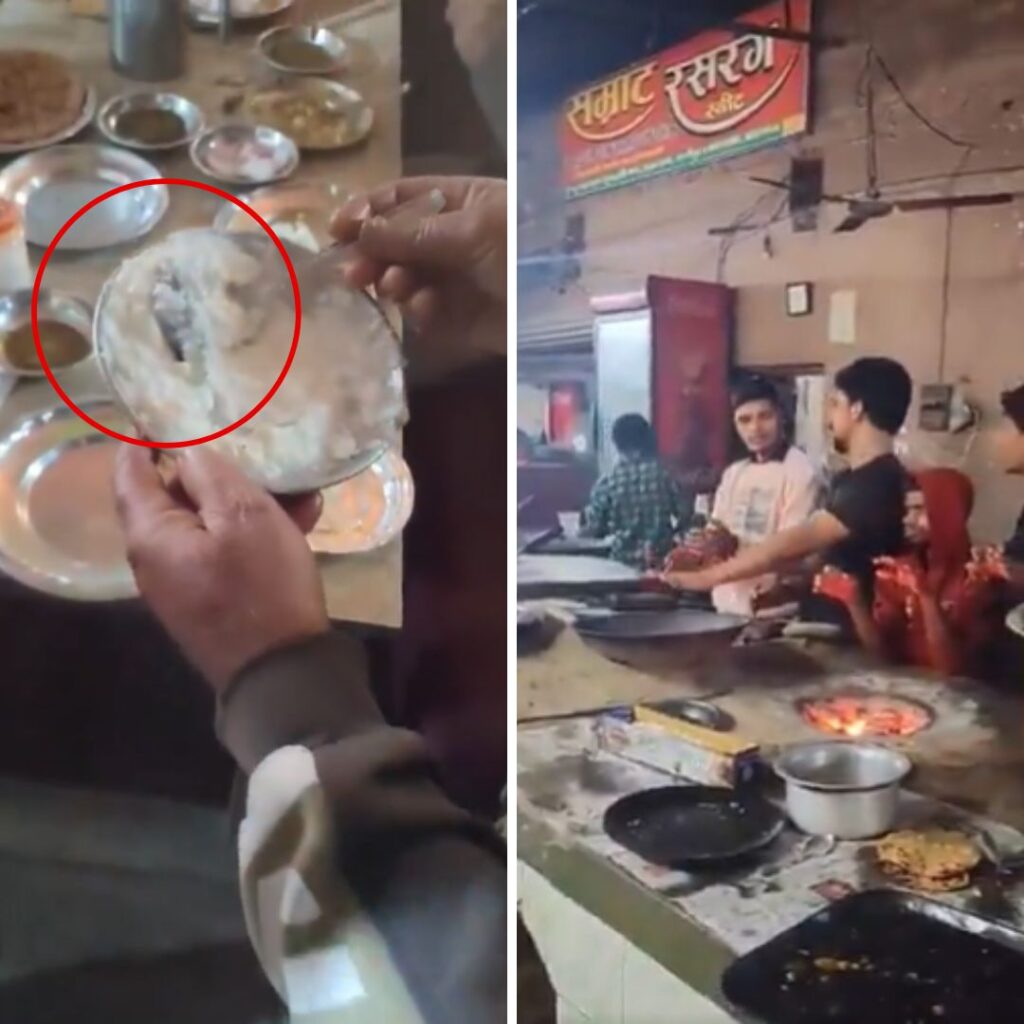The manufacturing sector, especially the ones dealing in non-essential goods like apparel, personal automobiles, other consumer durables has been hit hard by the ongoing pandemic.
The three-week long lockdown, targeted to end on April 14 (now extended to May 31), has shut down factories; in some cases, it has even led to forced migration of labourers who were stranded without money, shelter and food.
The apparel sector has been hit hardest, as the impact can be felt across all segments of its value chain. Brands and retailers are worried about reduced footfalls, and are putting orders on hold, or cancelling them entirely—with the exception of orders that are in various stages of production with the apparel manufacturers.
Suppliers, especially the MSME players, are worried about the post-lockdown scenario, where shortage of credit or cancelled orders can force them to shut shop completely.
Fabric procurement, which accounts for about 60% of all costs for suppliers, is very low on priority now, which will impact spinners, weavers and dyers.
Further upstream in the value chain are the cotton farmers, who had already been grappling with low prices and uneven rainfall; the current pandemic would lead to stockpiling of cotton, and the prices would crash. Ultimately, this would aggravate rural distress.
Following are some of the current and (potential) post-COVID issues:
Availability Of Labour
All units that didn’t have provisions for worker housing, or were unable to retain workers by paying wages, will probably face labour shortage in the short to medium term.
Surat had faced a similar crisis (albeit a local one) about a decade ago, where a plague-like situation had halted all activities, and migrant labour was forced to flee, amidst widespread discrimination from people from neighbouring cities and districts.
Experience from Surat suggest that migrant labourers will take a while to return once the lockdown ends; normalcy in activities will be elusive for the next few months at the very least. Contrastingly, manufacturers that had retained their workers by providing housing, wages, and/or temporary arrangements would be able to resume operations sooner.
Uncertainty In Demand
Domestic consumption of new apparel and other wearables are at a standstill. With uncertainty looming over resumption of commerce, buyers/brands are sceptical about placing new orders—this trend is likely to continue over a period of 3 months at the least.
Even with partial lifting of lockdown, apparel is likely to rank low on consumer priorities.
Reports suggest that millions of MSME units, small stores, etc. are facing the danger of permanent closure. According to stakeholders in the sector, apparel manufacturers will see a reduction of about 50% in orders in the coming months, even after resumption of trade and commerce.
Lack Of Support On Loans And Other Liabilities
The government has not offered to freeze all financial liabilities for a short duration; the moratorium offered on loans do not translate into any relief as the banks have declared that interest would be charged throughout the moratorium period.
Individuals and enterprises that have availed loans now face a double whammy of honouring debts as well as paying wages, with virtually zero income. Such outflow of cash will lead to diminishing of resilience for the times ahead, further reducing the confidence of entrepreneurs to invest.
Clothing Manufacturers Association of India (CMAI) has predicted that over 1 crore jobs could be lost from the textile and allied industries alone, without government intervention in ensuring cash flow.
Lack Of Access To Benefits
Given that India’s workforce is largely informal, many of them lack access to the banking system. Direct Benefits Transfers would only reach the people who have Aadhar linked bank accounts.
This, combined with the fact that benefits were announced a few days later than the lockdown, many daily-wage labourers were left without any support or money away from their home states. By the time the relief measures were announced, many migrant workers found themselves out of jobs.
Good Practices And Relief Measures
A slew of short-term and long-term measures are required not only to fight the current pandemic, but also to safeguard against the next one; as several reports have mentioned, it is not a matter of ‘if’ but a matter of ‘when’ the next pandemic will arise.
As global temperatures rise and densities of population and livestock rise, previously unknown viruses will continue coming to the fore. The entire human society has to act together to plan and mitigate against such disasters, if not prevent them altogether.
Improvement In Working ConditionsNorms around hygiene, general cleanliness, working conditions, etc. should be under the scanner like never before. Practices that are being adopted by businesses, especially the food and grocery delivery companies (including but not limited to mandatory use of gloves and sanitizers, regular and…











